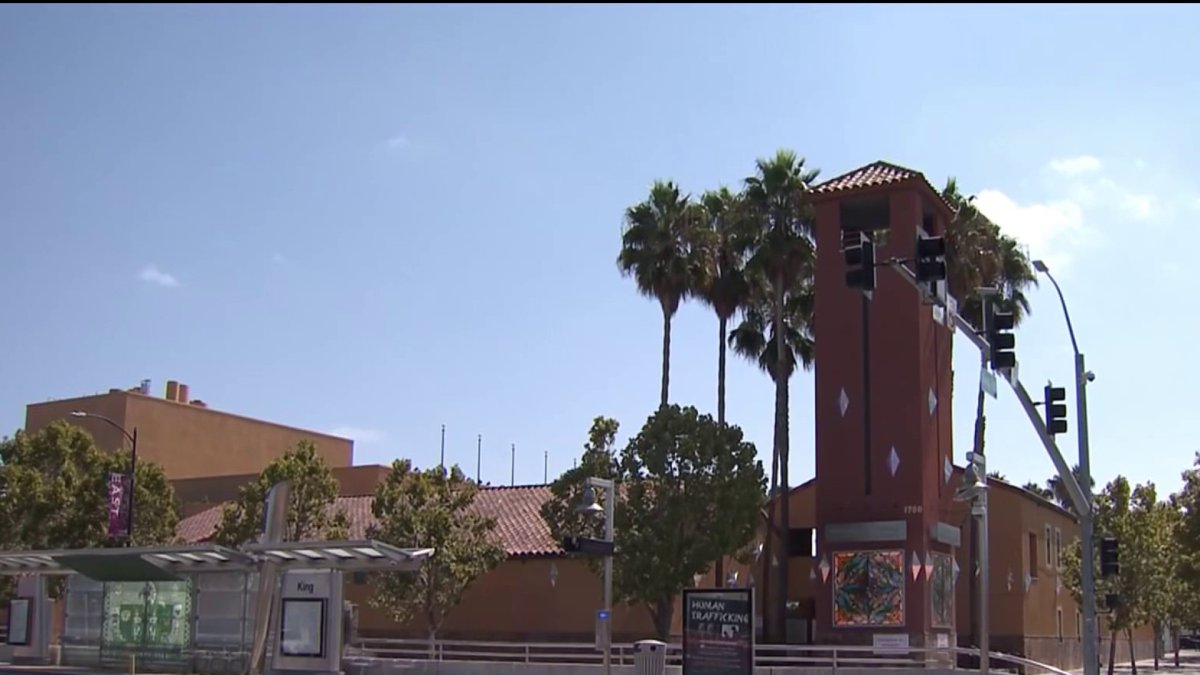
The Mexican Heritage Plaza, home of the School of Arts and Culture and gateway to East San Jose, is now 25 years old.
As the cultural center marks another milestone, new leadership is taking it to the next level.
The center sits on six acres on the same property where Cesar Chavez held his first grape boycott outside the old Safeway. Now it’s home to a slew of community programs, including free or low-cost music and art classes for children.
Pete Carrillo and Fernando Zazueta were part of a team that founded the plaza 25 years ago. They had to fight skeptics, their own community members and some inside city hall who didn’t believe such a center should be on the east side.
“There’s no way to describe the pride that we all feel for what we ultimately achieved,” Zazueta said.
It would eventually become the first redevelopment project outside of San Jose’s downtown corridor.
Together, the Mexican Heritage Corporation raised $3 million in seed money for the idea – an idea that’s now become a beacon.
“It exceeds anything that we had planned,” Zazueta said.
The plaza still hosts weddings, concerts and fundraisers.
“I am so proud of this facility,” Carrillo said. “Even more proud that my daughter got married here.”
New leadership is taking the business plan to the next level, as the School of Arts and Culture. They’ve purchased the building across the street on Alum Rock Avenue. It will house a new health center, a community café and a black box theatre – all in the heart of the Mayfair community.
“We also recognize that Mayfair has gone through advanced stages of gentrification and if we are not informing to build the environment, we are part of the problem,” co-executive director Jessica Paz-Cedillos said.
Paz-Cedillos said it’s not just about cultural programming anymore. It’s about standing up for the neighborhood, about owning the moment, and reminding everyone it can be done.
“If we really want to address the challenges of our community, we need to be able to work at the systemic level, which means addressing policies, championing laws and regulations that ensure that our community does have access to assets like the plaza,” Paz-Cedillos said.
